

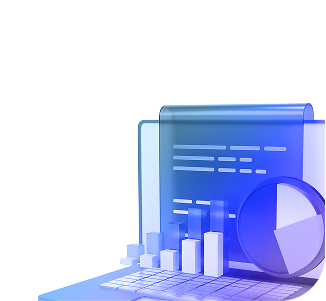
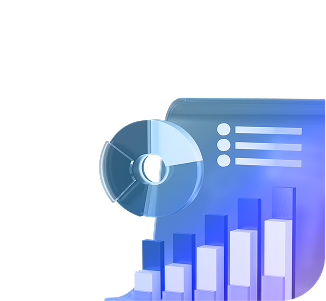



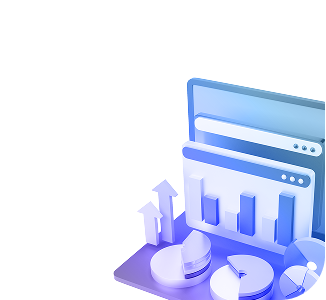
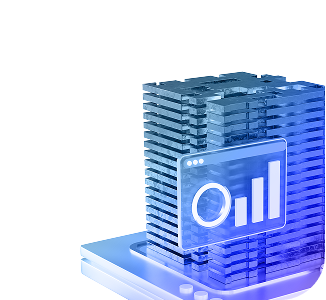


volume of insured risks under the management of the project team
volume of assets for which a comprehensive risk assessment has been carried out
in collection and systematization of data on risks, incidents and engineering surveys
volume of tracked assets and their risks in complex production chains of enterprises

Assessing the impact of major natural hazards, as well as risks of terrorism, war and epidemics, on assets and supply chains
Real-time alerts on natural events threatening assets or supply chains
Interactive map allows:
Modeling potential progress of natural disaster scenarios taking into account the terrain
Analysis and assessment of potential impact on the environment taking into account:
Modeling climate change and natural risks
Modeling the impact of an organization's assets on the climate, taking into account their characteristics:
Forecasting the risks of natural disasters based on multifactor analysis
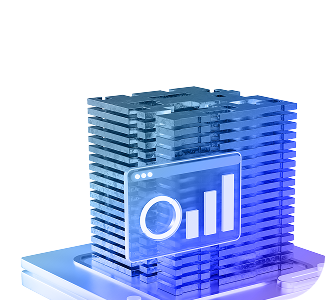
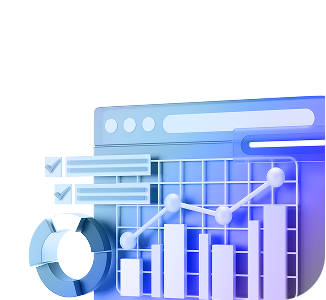
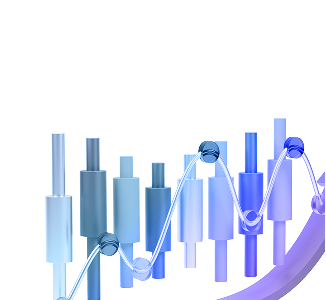
 Owners and Shareholders
Owners and Shareholders
 Top management
Top management
 Risk management
Risk management
 Heads of functional units
Heads of functional units
 Line managers
Line managers